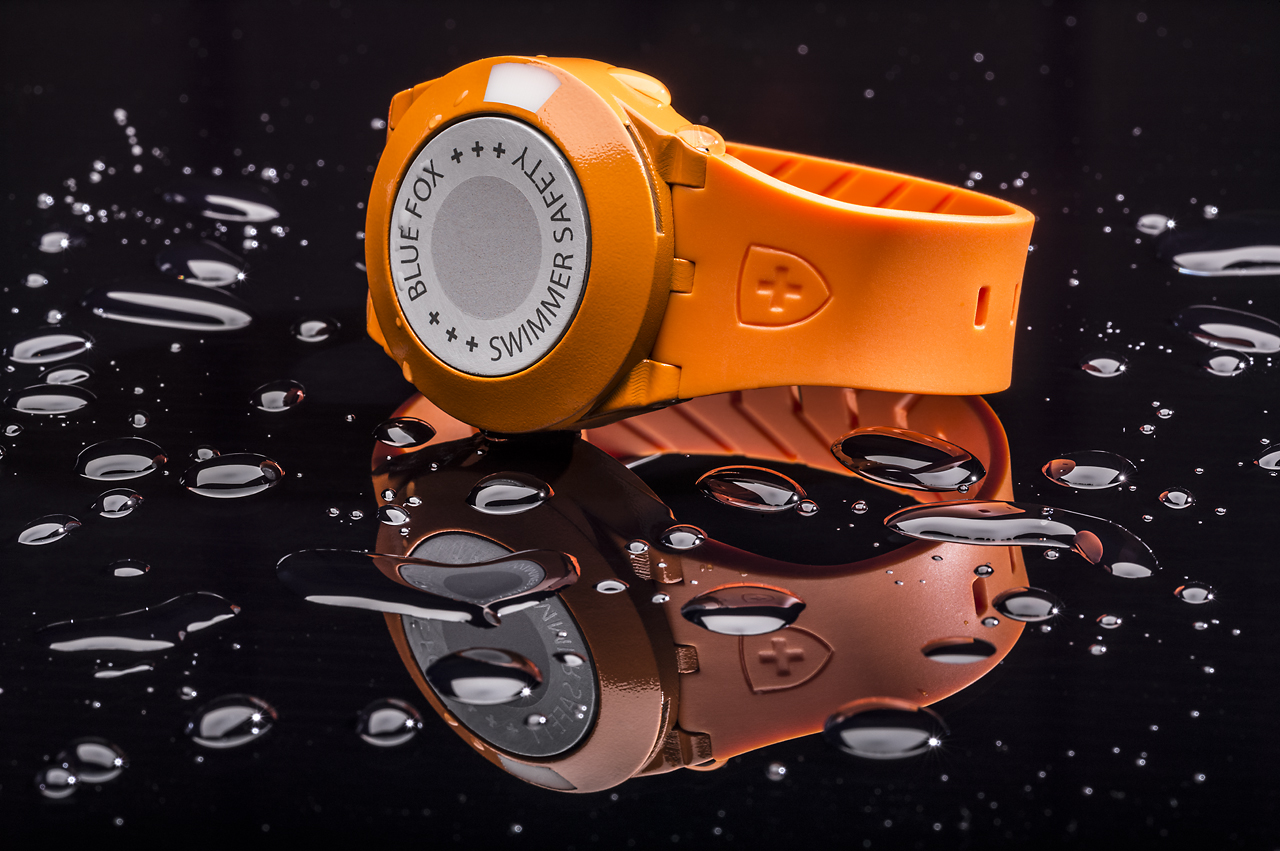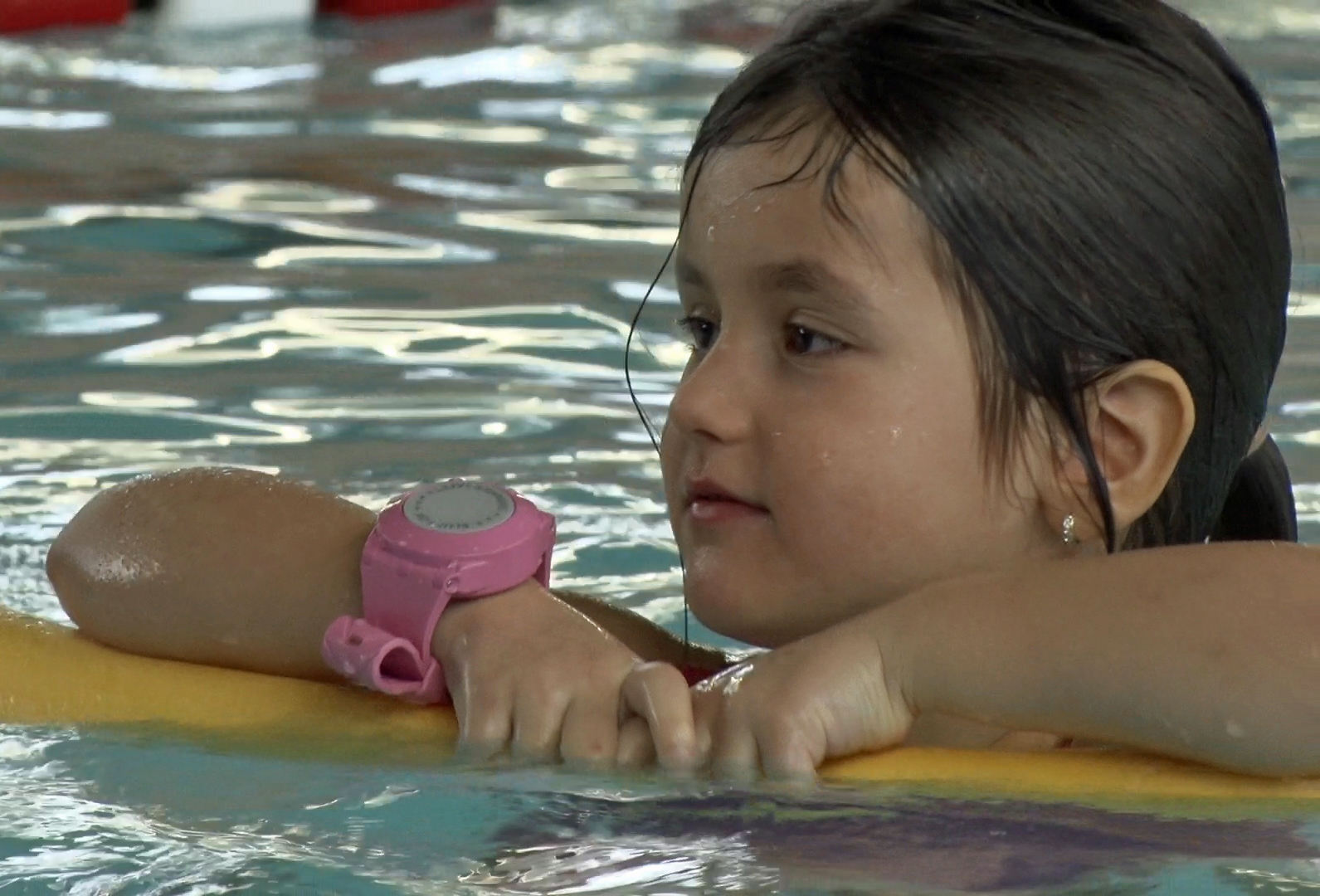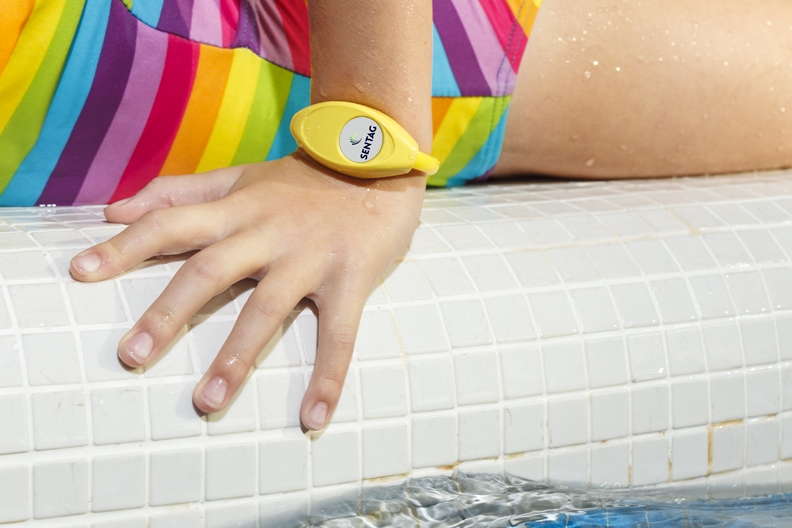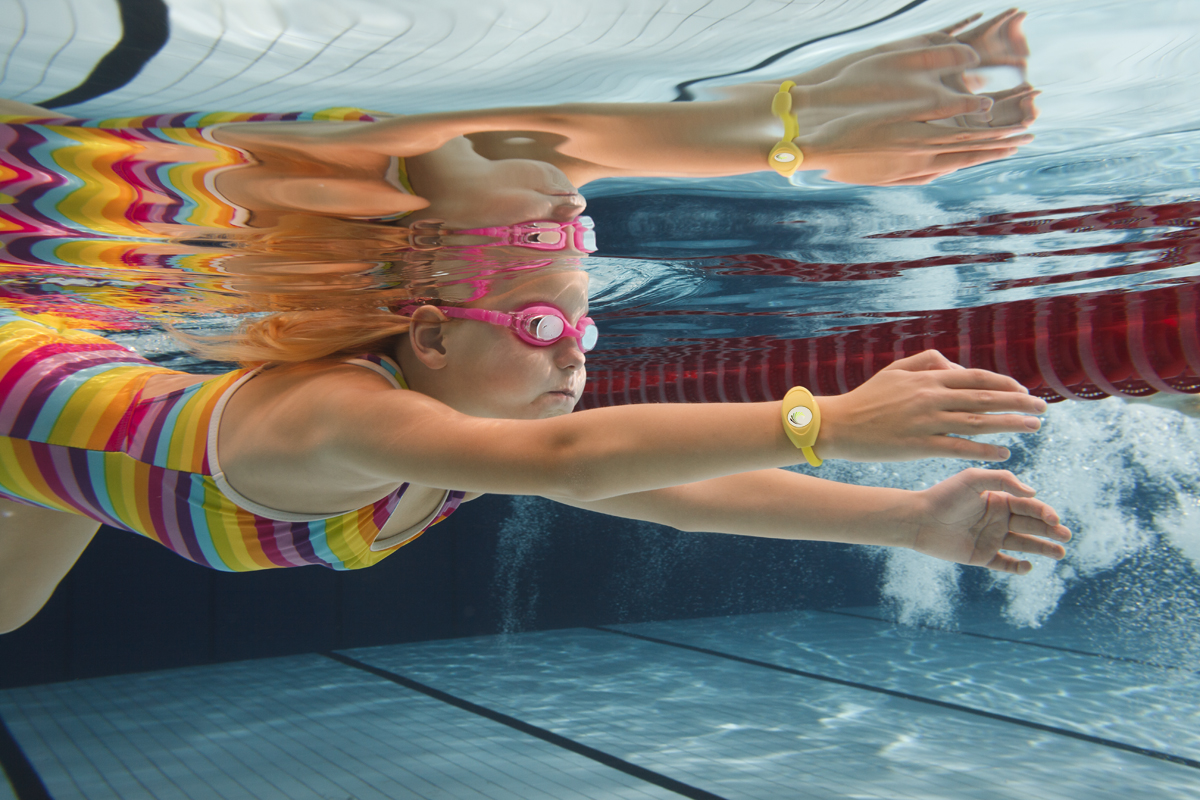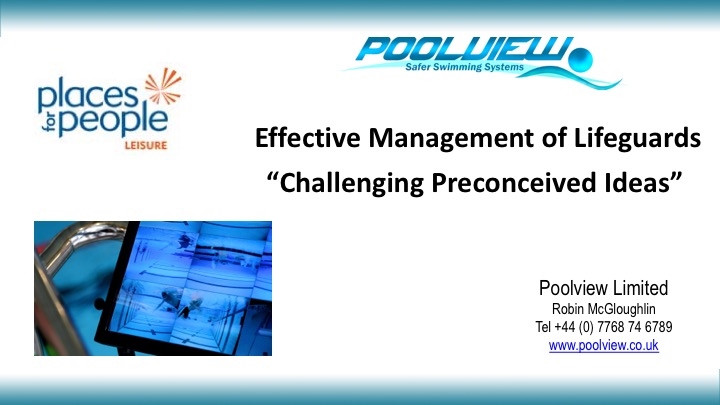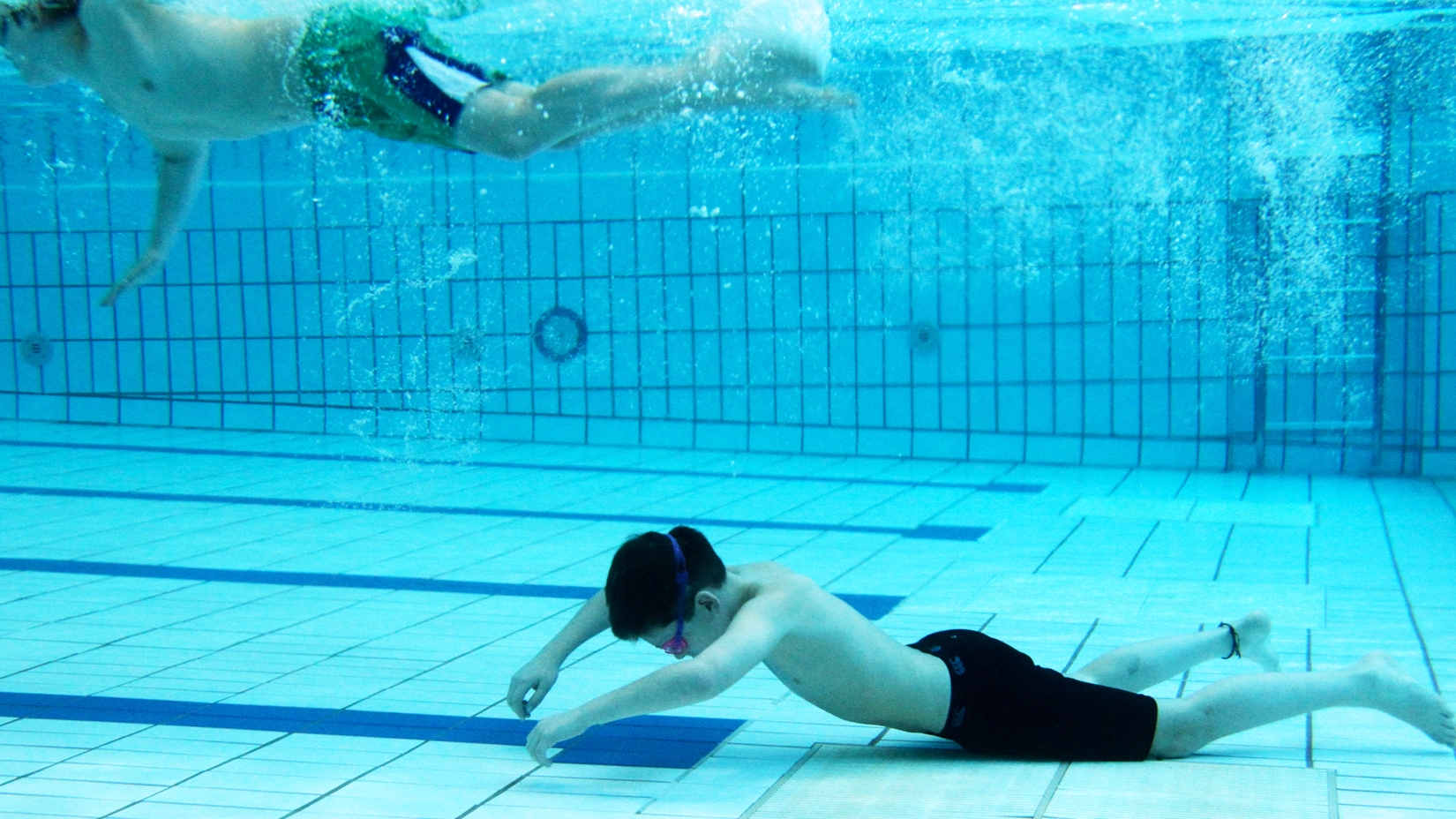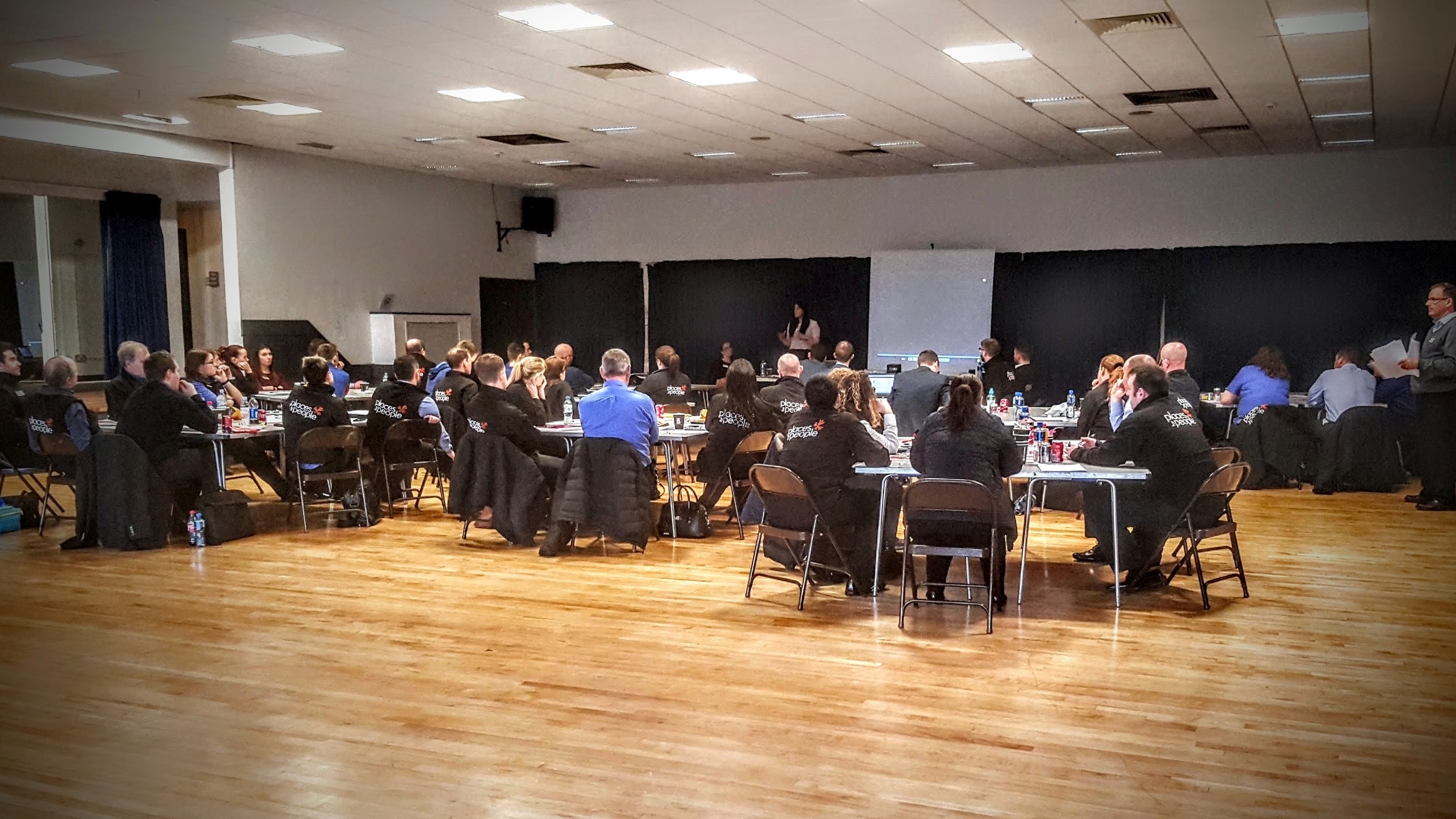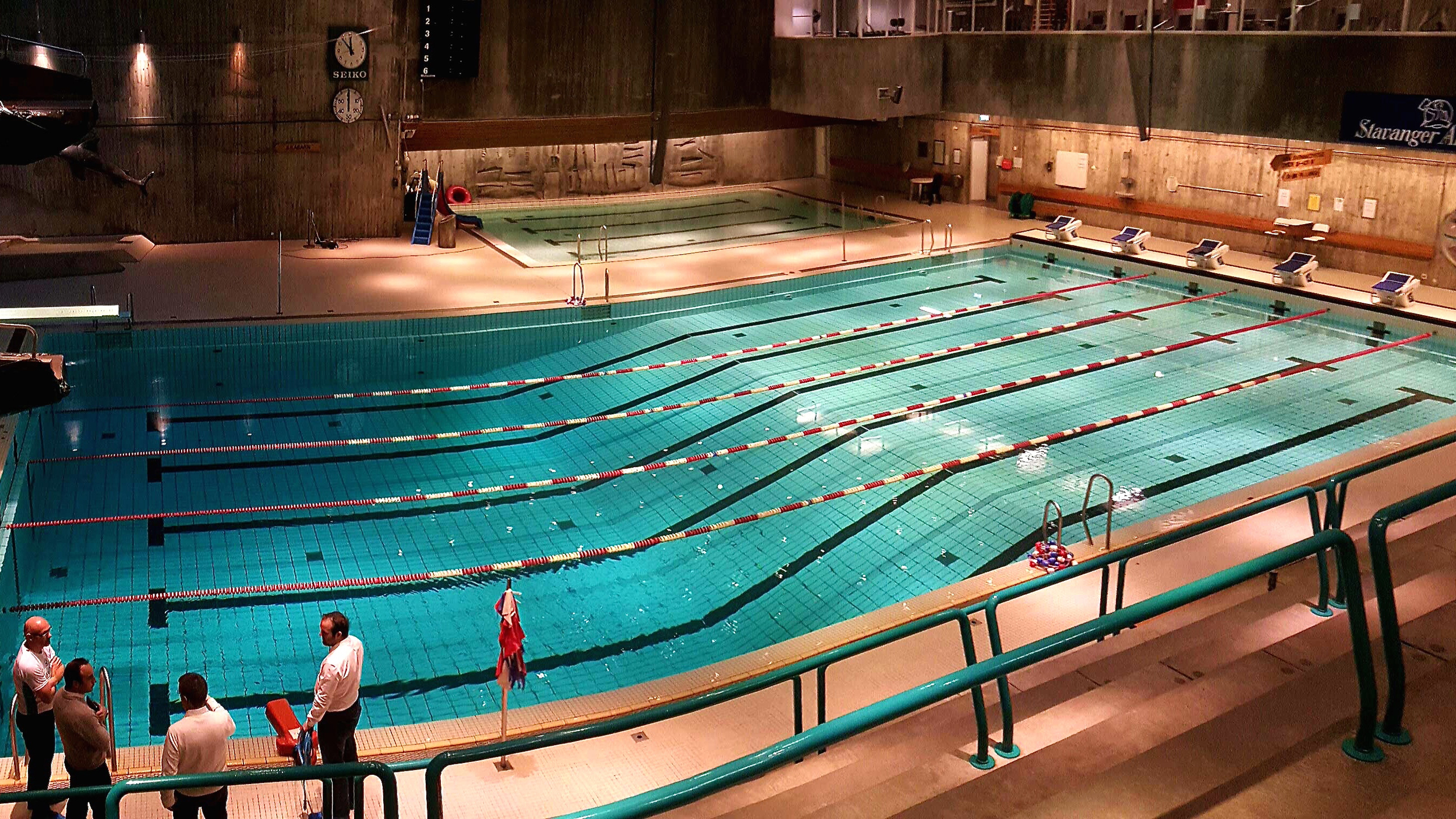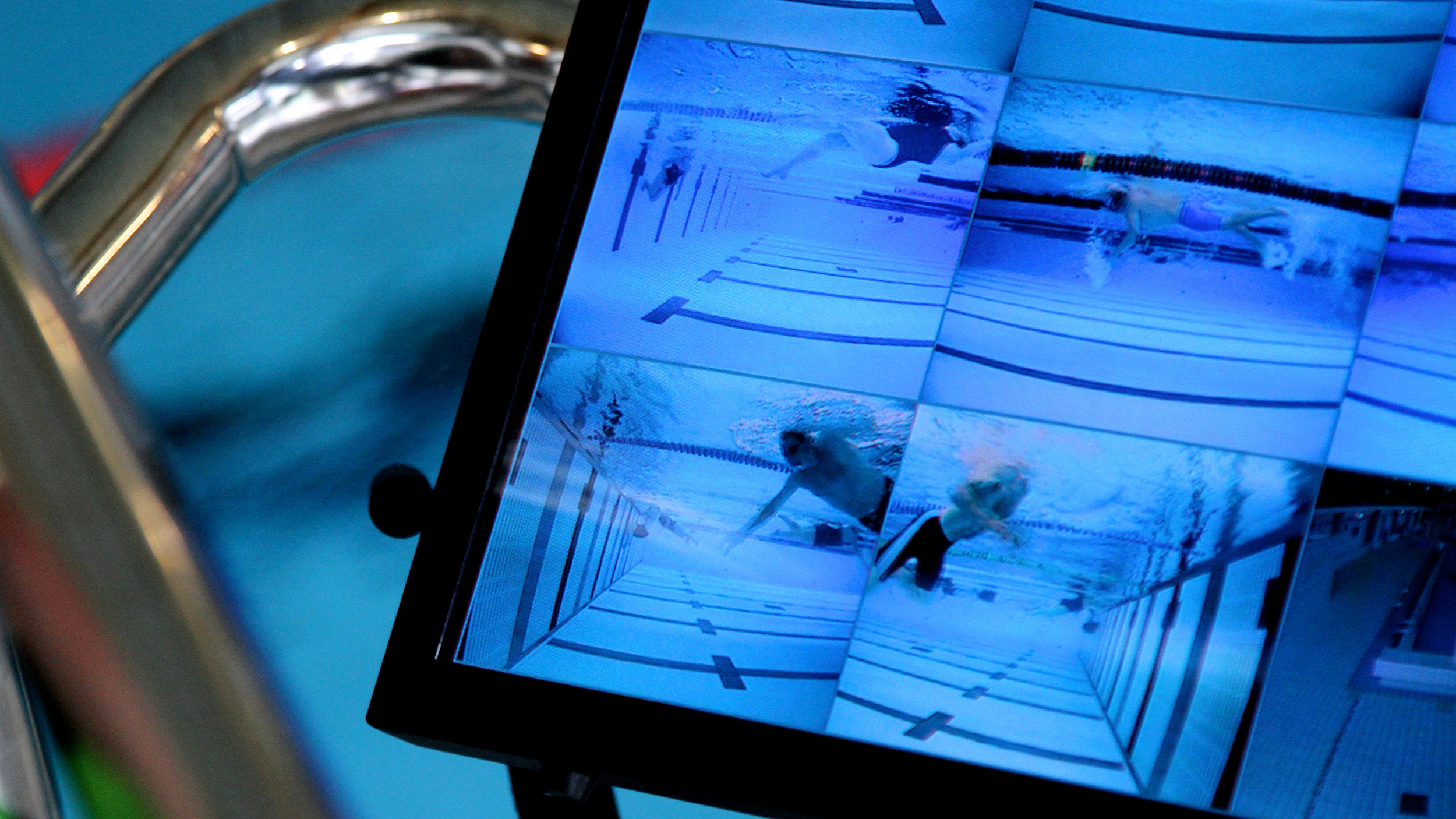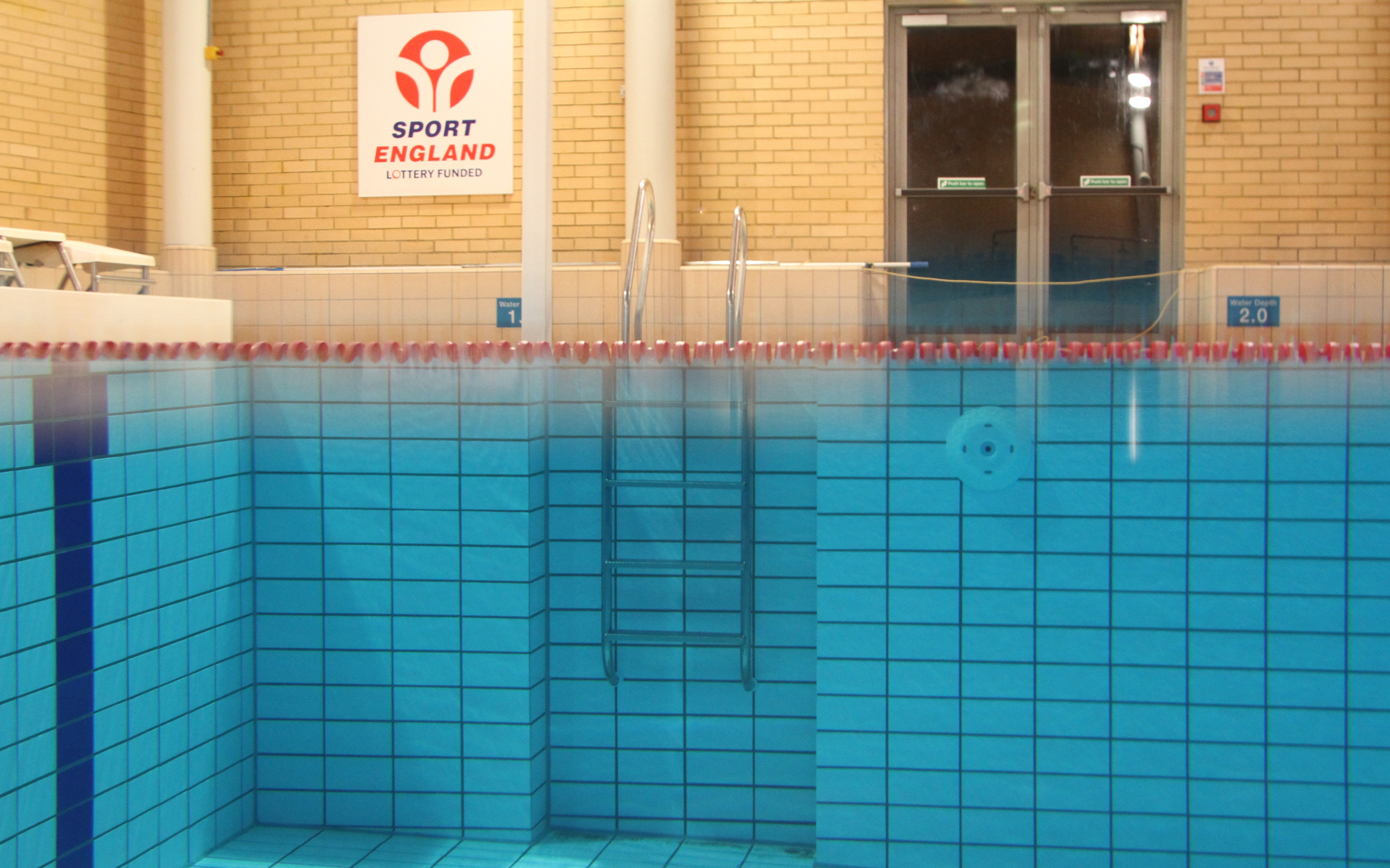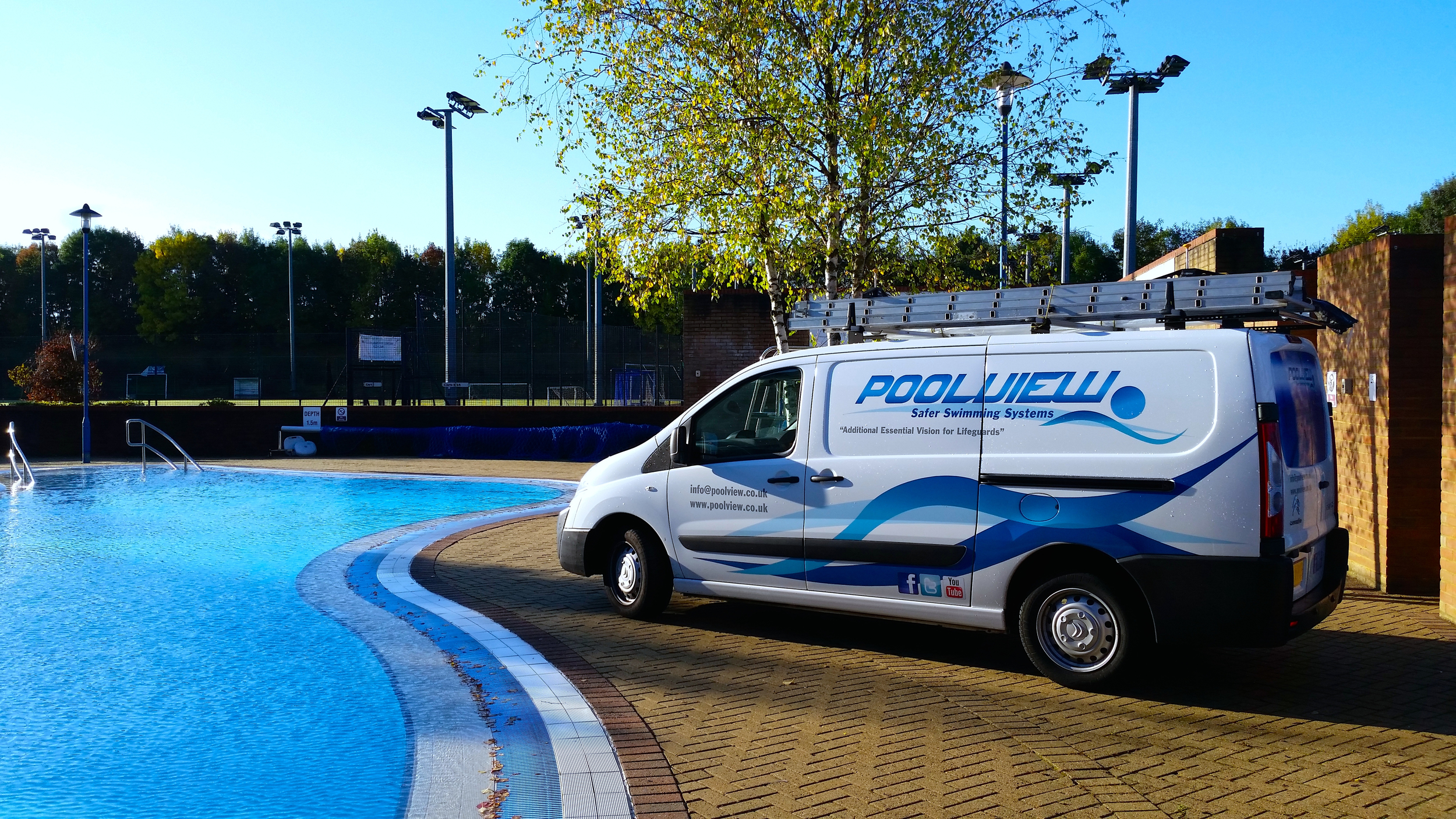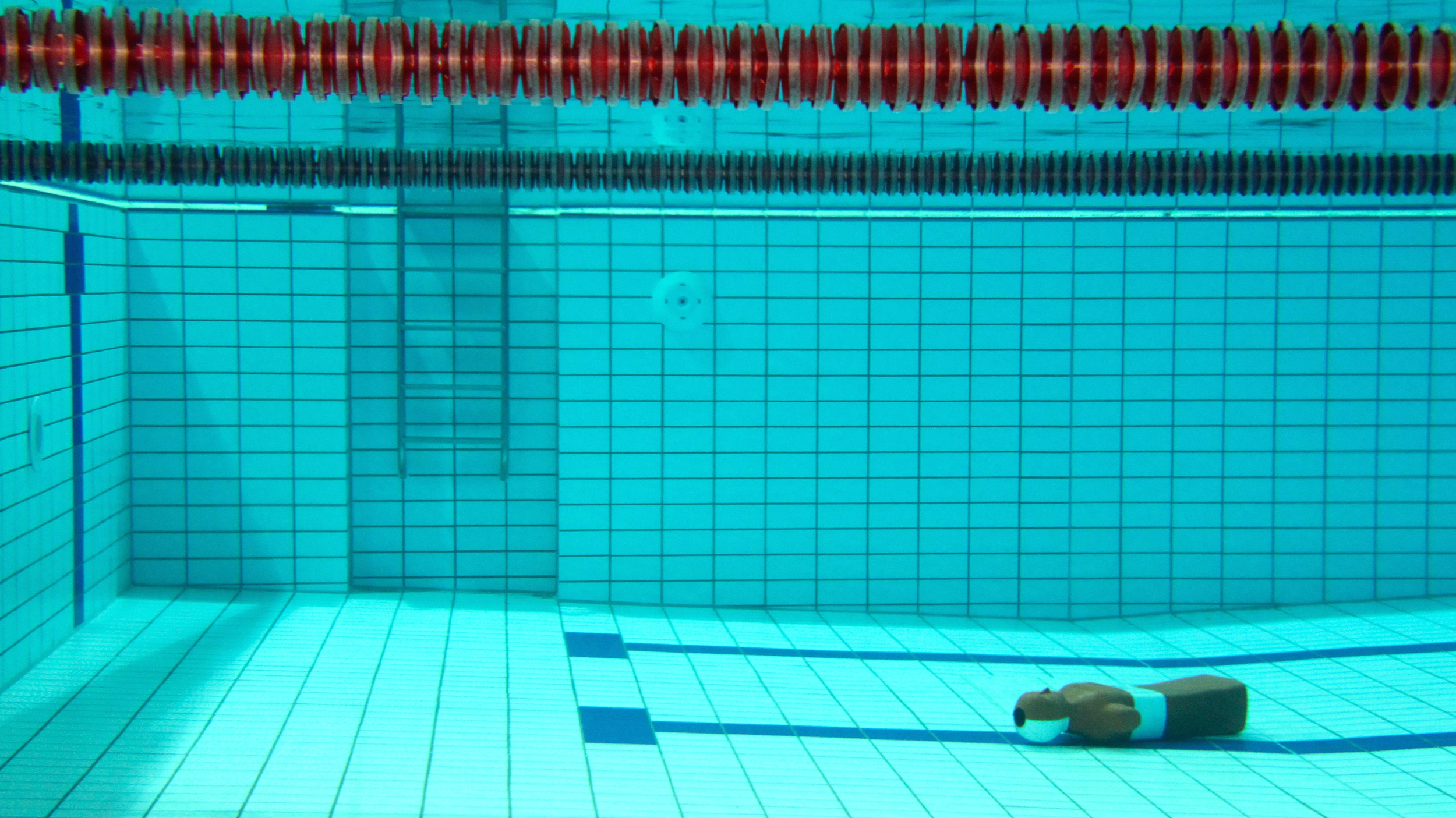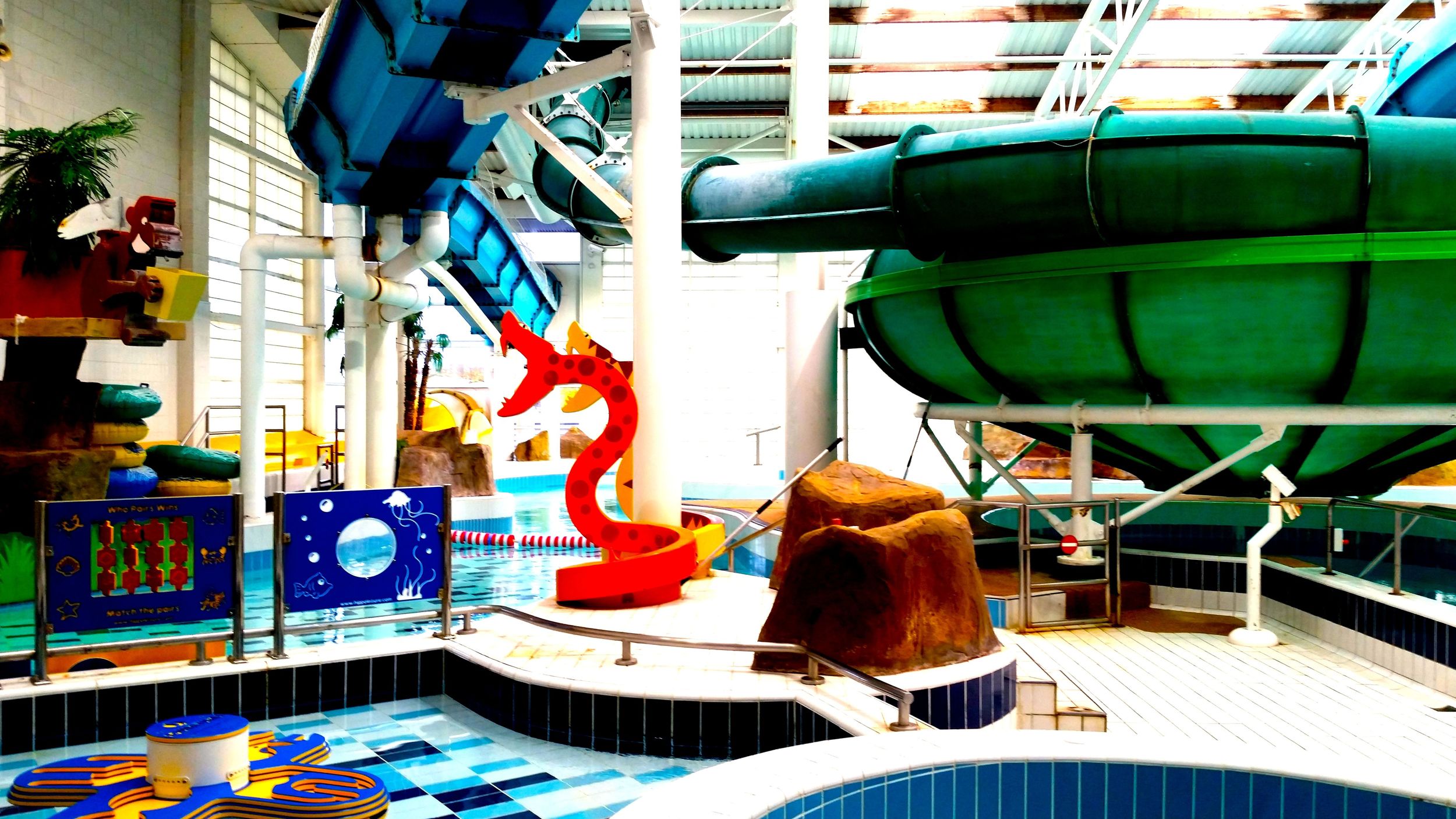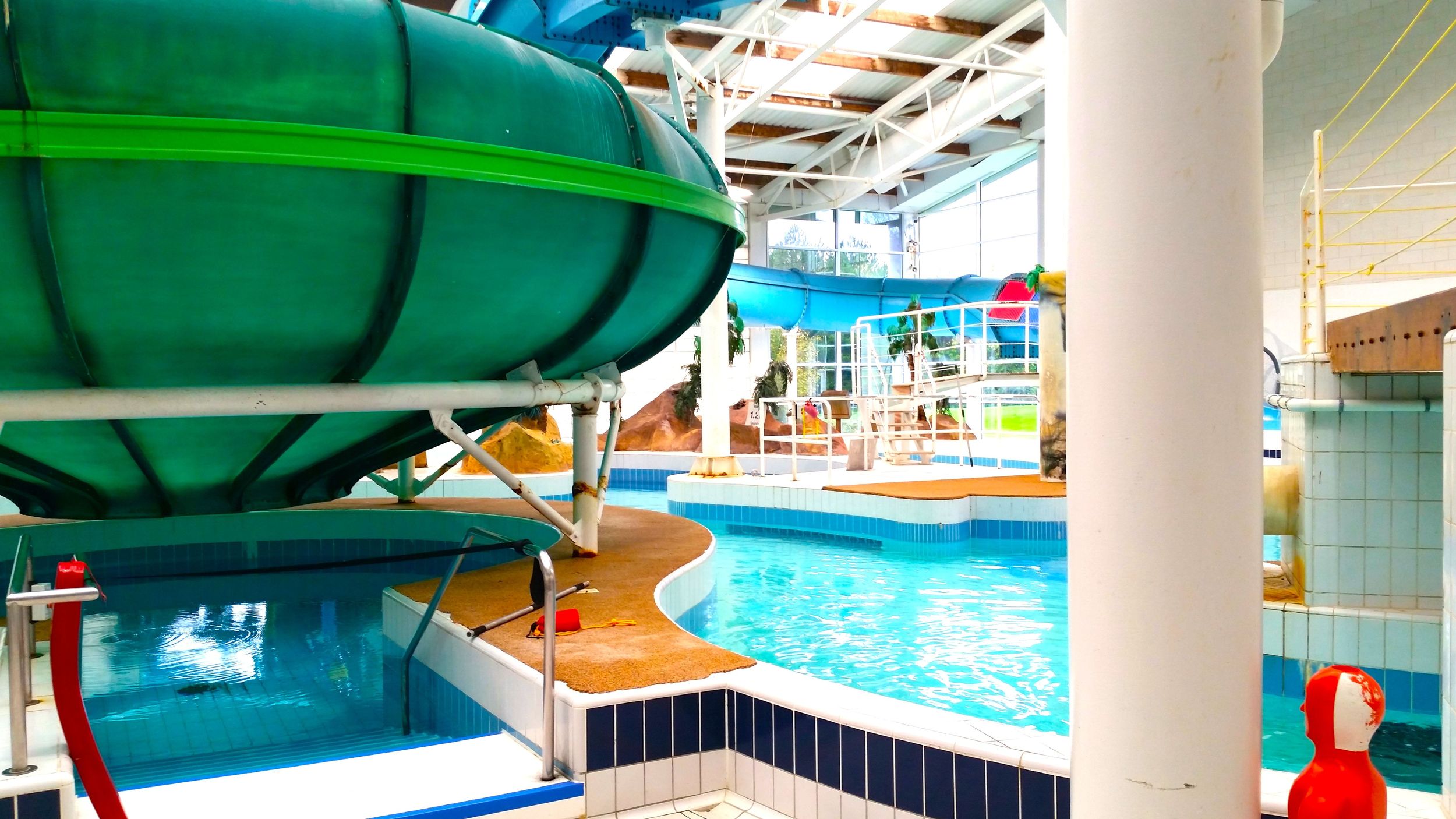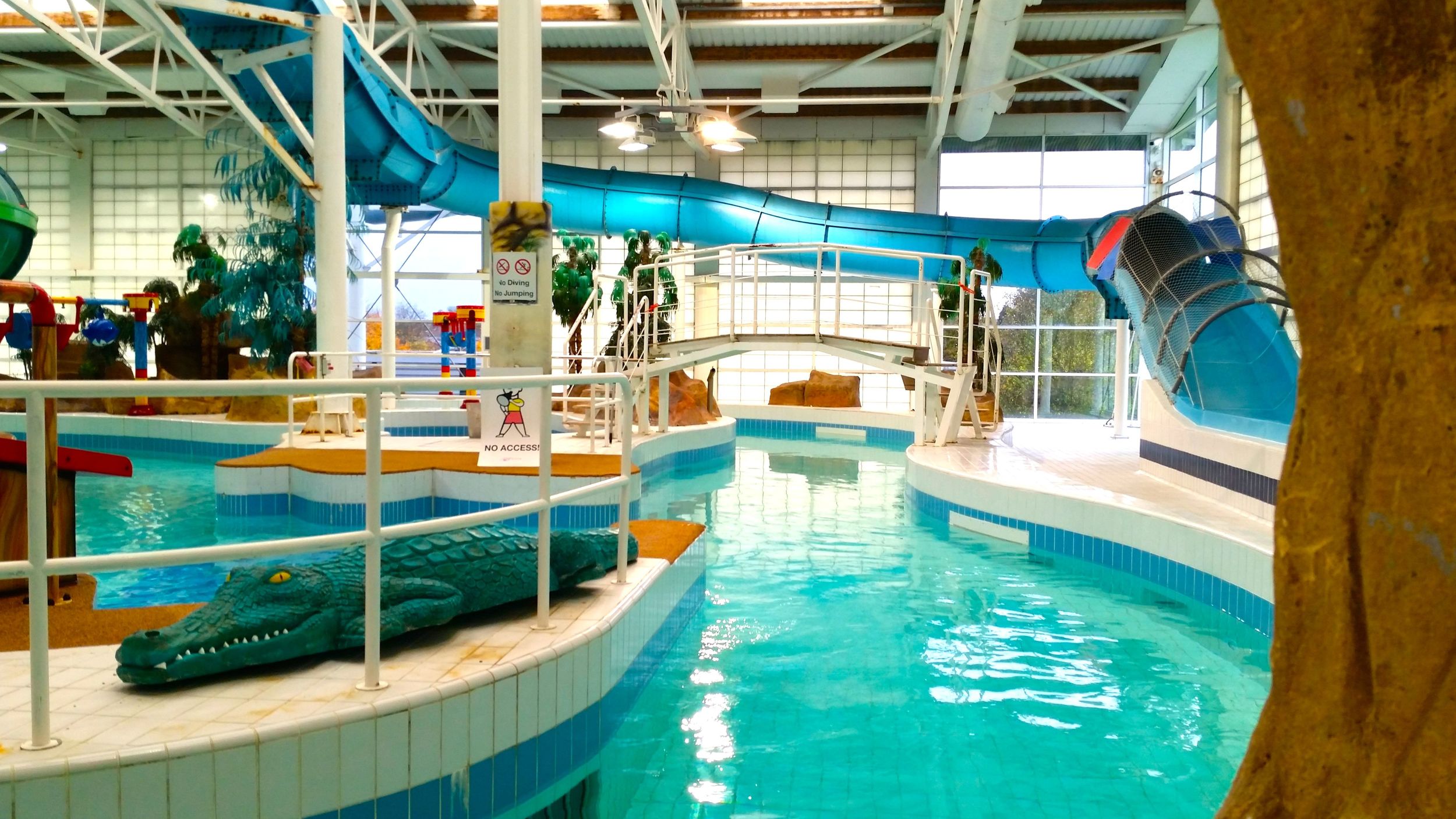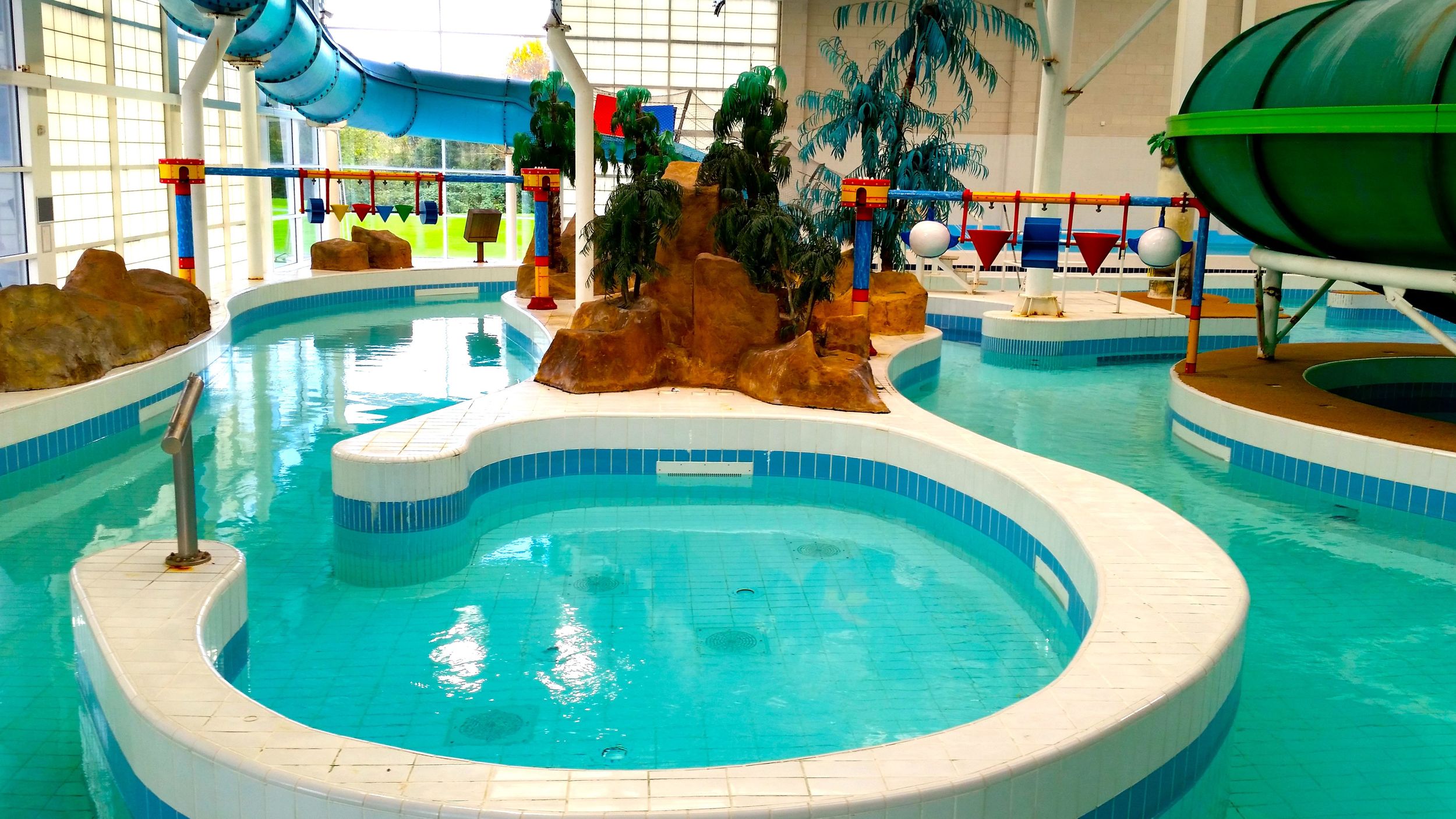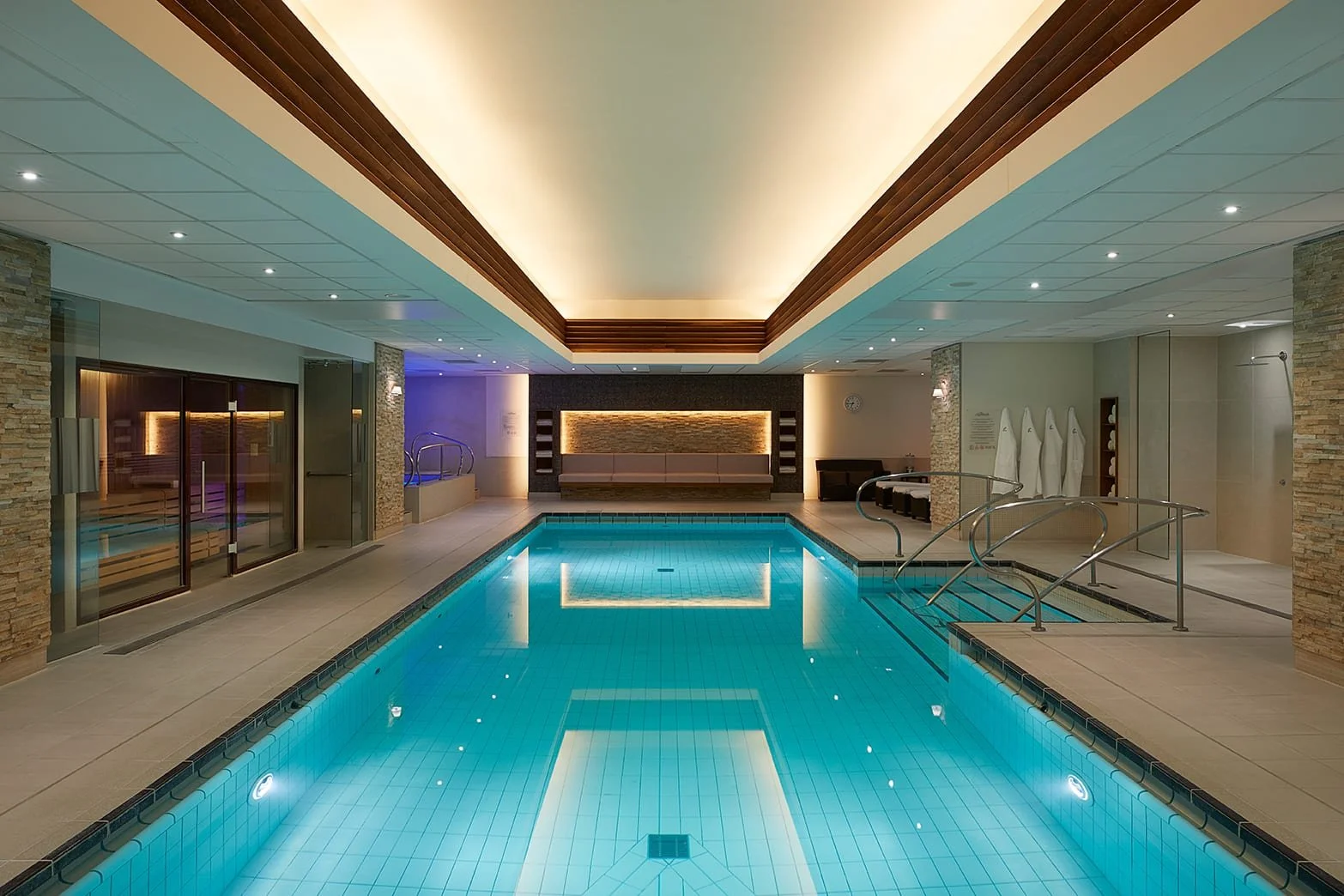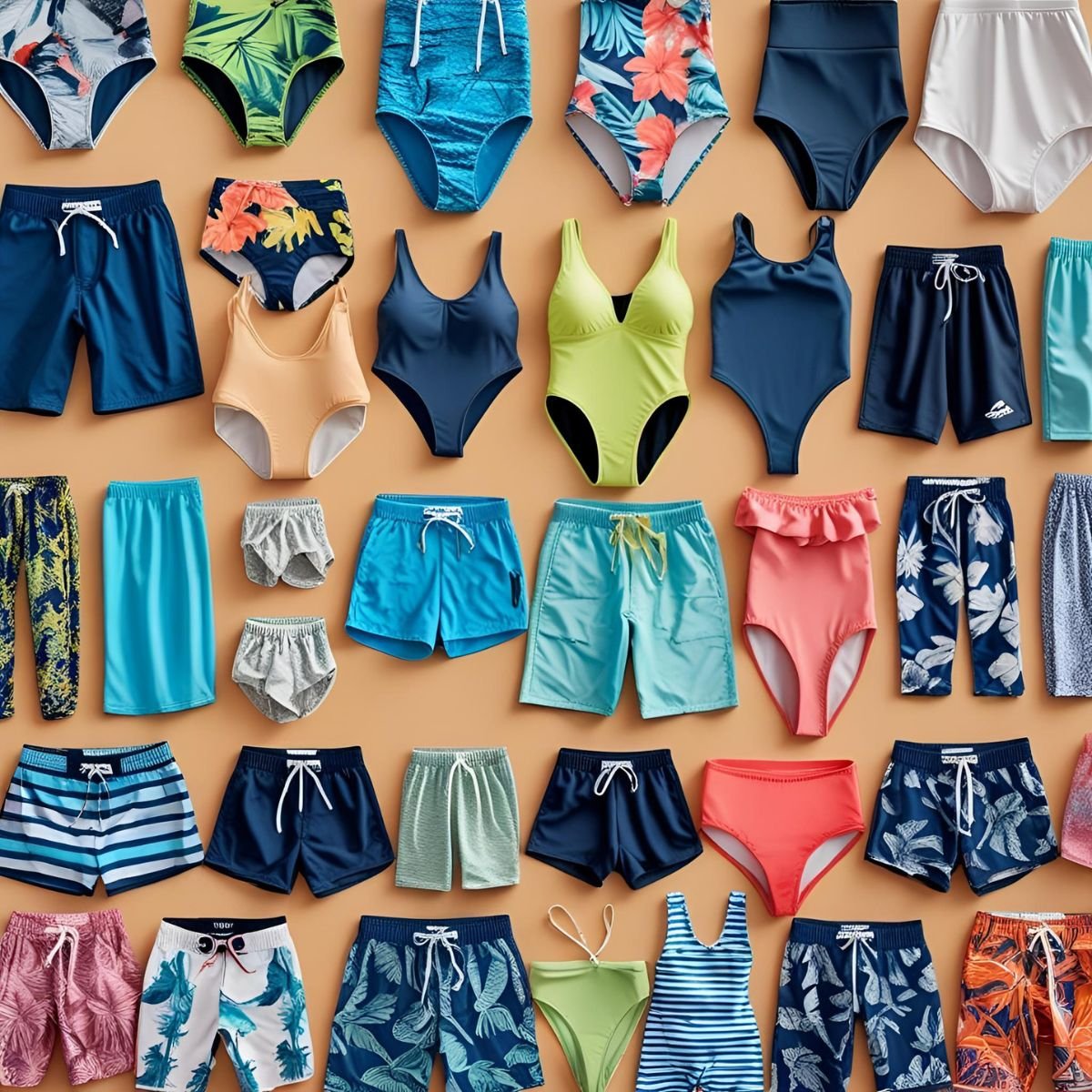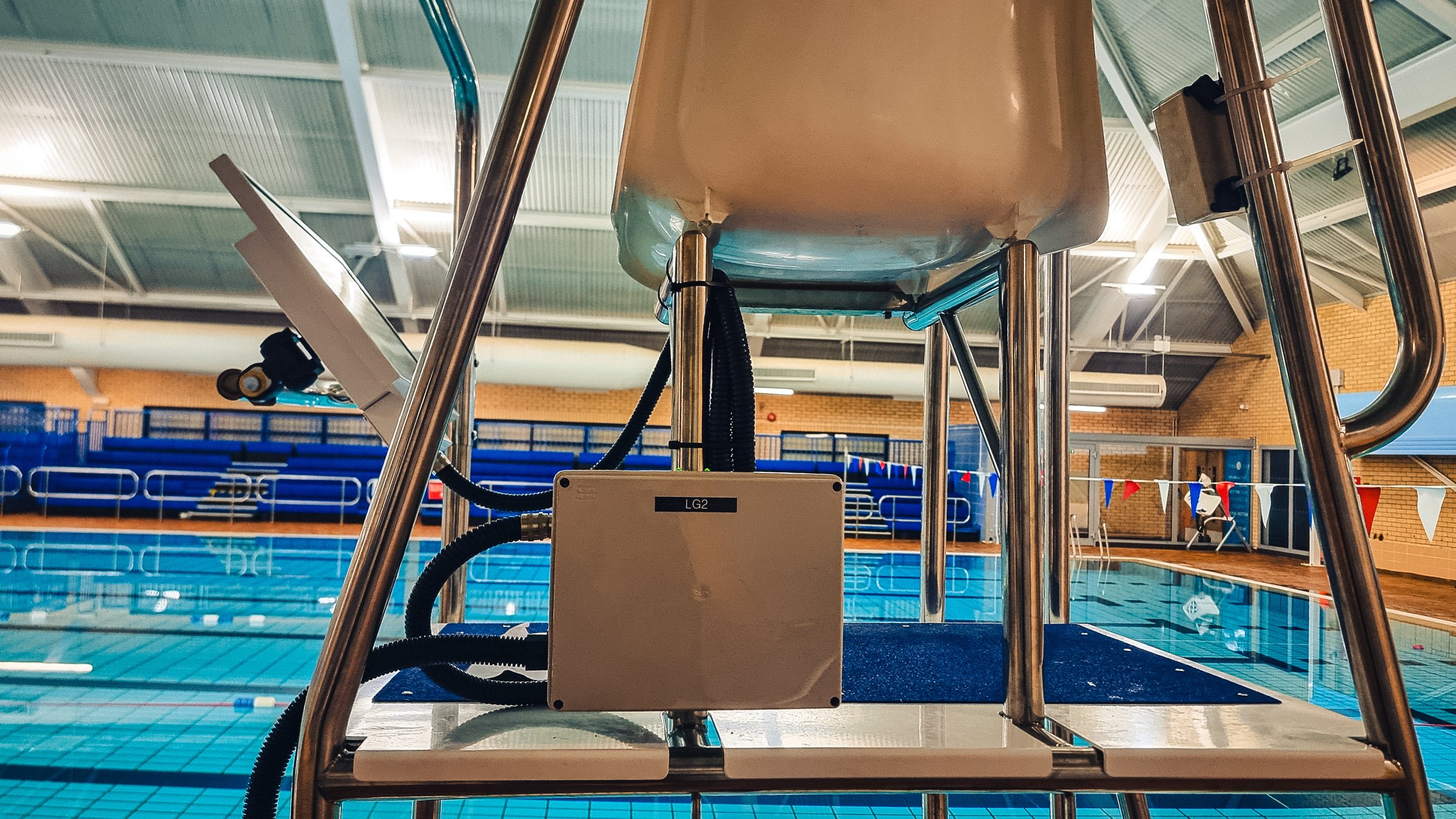Here's the thing – as the inclusion of Drowning Prevention Systems (DPS) within swimming pools becomes more “normal” and accepted as good working practice, I’m still always asked what others opinions are about making use of technology to facilitate lifeguarding and can you really mix the two?
Lifeguarding and Technology – some dichotomy? Sitting in the sun today pondering this conundrum, wondering if there is anything I can assimilate it with? Maybe not exactly but let me tell you a true story……
‘Many’ years ago, I had the audacity to buy the 1st ever PC within my local authority – not just into leisure, but the whole Council – period! The animosity, incredulous talk and bewildered expressions I found to be amazing.
“What do you want one of THOSE things for?” I was repeatedly asked. “Well I can type up my own memos for starters” I replied.
“Forget it, we are sticking to the traditional method of dictation, playback and type up, offer for edit and re-type the page – what’s wrong with that? It will never catch on!” Now as for spreadsheets – finance nearly had a “blue fit!” Rolling the eyes skyward and muttering about the abacus.
Just to bring total anarchy to the Council, I ordered a phone line from BT to bring in a taste of the internet (well that will never catch on either – what a waste of time and money!)
So what’s my point? I think that history shows us that change, the introduction of any new working practices which involve or require technology invariably meets with general indifference, scepticism and resistance by the majority. It takes time for the abnormal to become normal. It takes time for technology integration to become accepted. I wonder is that where we are with Lifeguarding and the use of Technology?
My “gut feel” at the moment is that the majority (although in ever decreasing numbers) believe that Lifeguarding and Technology use is an either/or question to be answered.
“Shall we use Lifeguards or Technology?” Oil and Water? They can’t be mixed remember! And so – therein lies the problem, as they can!
Unfortunately, many within the leisure industry believe that it is only one choice, or the other. Few recognise the “fusion” opportunity. Few recognise or understand that the use of technology (whatever platform or type that may be) is in fact an “additional tool” for the lifeguards.
It is an ‘additional layer of protection’. It is an opportunity to increase safety, introduce efficiencies AND enhance your Lifeguards capabilities.
Technology for Lifeguards is here to stay. You would not believe the number of new build pools in the last 12 months where we have gone to site the day after hand-over and had to drill holes in a new pool to retro fit a system.
Many builders/designers and leisure operators said they considered technology two years ago and rejected inclusion. It is almost criminal these days to build a new pool and NOT include at the very least the containment to fit some sort of system in the future.
So, as I finish off this article on my iPad, I reflect on my comments when they first came out – what would I want with one of those – just a glorified iPhone – how wrong I was! It’s not just about the iPad – it’s about what others have added to it, to add value and increase its functionality, much like including infrastructure in a new pool. Others will follow and bring better and better systems and technology to enhance your pools safety and lifeguard capability.
We aim to be to stay at the forefront and continue to make a difference! Don’t just take our word for it. #makingadifference #saferswimmingsystems







